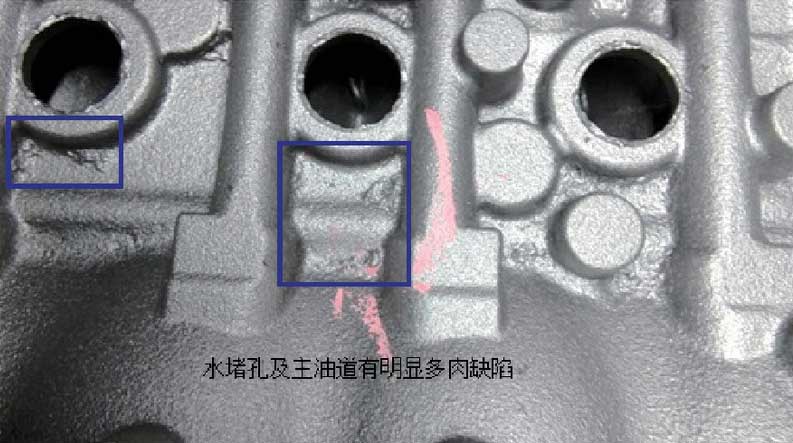In foreign countries, the analysis unit of “heat and mass flow analyzer” of Columbia University was first used in sand casting simulation technology. Prosenjit DAS and others used regression analysis and Taguchi method to optimize the process of ordinary sand mold pouring of aluminum alloy materials, and obtained the best process parameters by adjusting the temperature and runner length. At present, the main sand mold casting numerical simulation technologies mainly include: temperature field numerical simulation, flow field numerical simulation and stress field simulation. The types, sizes and locations of sand mold casting defects are predicted through the simulation of three physical fields. The most complex is the numerical simulation of mold filling process, which mainly involves the theoretical calculation of continuity equation, energy equation, repeated iteration of pressure field, velocity field and kinetic energy equation.
At present, with the continuous development of microstructure simulation technology in the industry, the mechanical properties of castings can be simulated, predicted and controlled. The simulation of microstructure is still in the exploration stage, and the simulation of too small units can not be accurately divided and simulated.
In China, Dalian University of technology and Shenyang Foundry Research Institute started the research on Numerical Simulation of sand casting. At present, Tsinghua University and Huazhong University of science and technology are in a leading position. Chen Yao and Bai Xuefeng of Tsinghua University wrote ftstar software and simulated the stress field by finite element method and finite difference method. The simulation results are very close to the reality and more accurate. Zhou Jianxin of Huazhong University of science and technology also developed a sand mold casting simulation software Huazhu CAE. Through the combination of two calculation methods, the simulation of stress field is more accurate, but there are many influencing factors. Wei zunjie proposed the B EPC air gap pressure algorithm, and took the calculated gas pressure value as the SOLA-VOF boundary element to solve the mold filling flow field.

